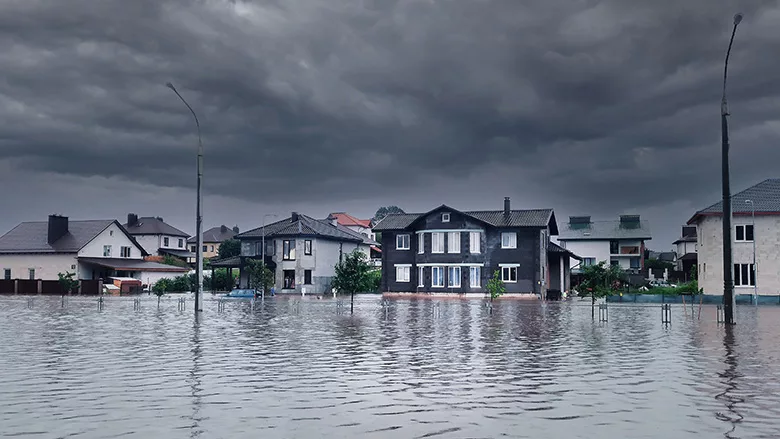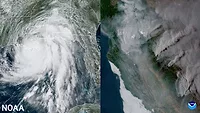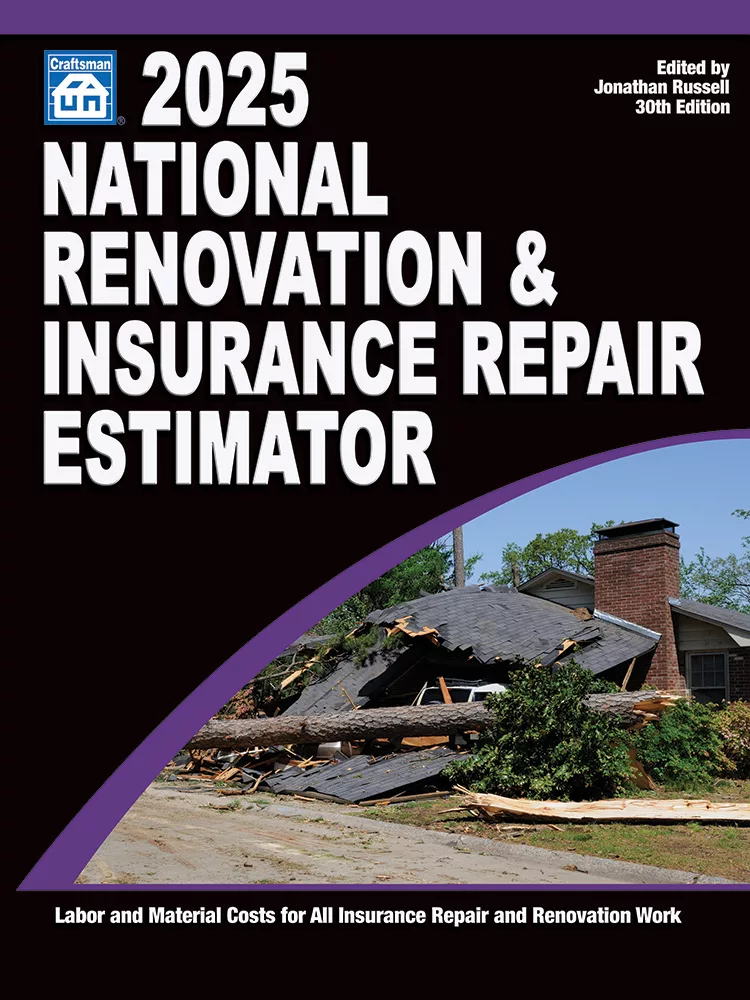FEMA’s New Risk Measures for Flooding Raise Some Premium Prices

Photo credit: oobqoo / iStock / Getty Images Plus via Getty Images
The Federal Insurance Management Agency is making some major changes to the way it assesses risk for the National Flood Insurance Program that could impact how much is paid out to homeowners.
Risk Rating 2.0 is the first update to FEMA’s methodology in 50 years. The methodology was used for all new NFIP policies written last year and for renewals this past spring.
Patty Templeton-Jones, president and chief program advocate for insurer Wright Flood FEMA, now takes several risk factors into consideration when it comes to flood insurance that it already uses for other types of property insurance. The old system focused on a property’s elevation within a zone.
“FEMA’s new rating methodology, Risk Rating 2.0, considers specific characteristics of a building to provide a more modern, individualized and equitable flood insurance rate,” Templeton-Jones said. “The new methodology that FEMA is using includes cutting-edge technology and other factors to deliver rates that are actuarially sound, equitable, and easier to understand and now better reflect a property’s flood risk.”
According to FEMA’s website, the changes allow the agency to “to set rates that are fairer and ensures rate increases and decreases are both equitable.” Templeton-Jones said FEMA now ties a property owner’s direct flood risk to their premium.
Critics say the changes will cause rates to rise for most policy holders. Early data does reflect that, but the long-term effect is yet to be seen.
“It’s still too early to determine exactly how pricing will be affected,” Templeton-Jones said. “FEMA does have a glide path in place as part of the program that places a limit on the amount that annual premiums can increase for renewals.”
FEMA analysts do expect a portion of policyholders to drop their insurance because of the higher prices. That has drawn objections to the changes for two high-ranking Senators — Democrat Bob Menedez of New Jersey and Republican John Kennedy of Louisiana. The pair recently held hearings on the impact of Risk Rating 2.0 and other proposed changes. The pair have introduced their owner bill that they claim would protect homeowners.
Doug Quinn, executive director of American Policyholders Association, testified about the importance of affordable flood insurance before the Banking Committee hearing. Quinn became an activist after his home was damaged during Hurricane Sandy in 2012.
Quinn said the NFIP has long struggled with its finances, but the situation became much worse following Hurricane Katrina in 2005. The program went heavily into debt and there were calls for privatization. As a result, insurance companies were much more conservative following Hurricane Sandy.
Quinn said privatizing the program ran the risk of companies refusing to abandon some properties because they were deemed too high risk. However, raising premiums, as has happened under the risk assessment, causes homeowners to opt out of getting flood insurance. Either way, the pool of those paying for coverage shrinks.
“The fewer participants you have in the program, the less economically viable it is,” Quinn said.
This has a widespread effect, he said — one that impacts restoration contractors. Property owners will have much less money to pay for repairs and remediation following a flood.
“When that safety net fails, it hurts not just the consumer, but the community, the business community and the American economy,” Quinn said.
The main political issue facing the NFIP is that many legislators from the middle of the country see flooding as a coastal problem. More and more often, however, floods are striking their constituents. FEMMA reports that 99% of counties have experienced a flooding event. This makes flooding the most common natural disaster, Templeton-Jones said.
“Quite simply, where it rains, it can flood, which means no property is entirely immune to the potential of flooding,” she said. “Weather patterns are evolving, and storm intensity and frequency continue to increase nearly in every area of the country. With increased rainfall, homeowners’ risks for flooding and flood damage are also on the rise.”
Weather plays a major role in flooding, but Templeton-Jones said there are more and more cases of urban flooding, which is exacerbated through construction and the replacement of green space with buildings.
“Concrete does not absorb water; overdevelopment can alter natural drainage systems; under maintained infrastructure systems could lead to water main breaks,” she said. “These elements also factor into the propensity for flooding events.”
Looking for a reprint of this article?
From high-res PDFs to custom plaques, order your copy today!








